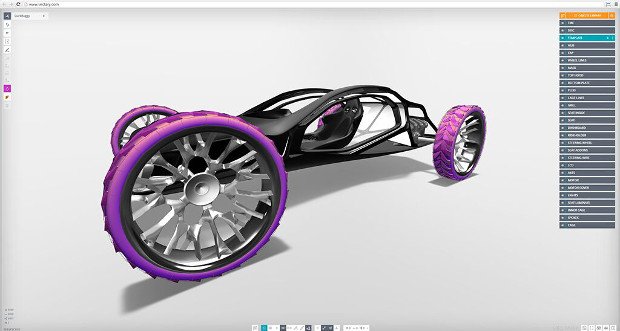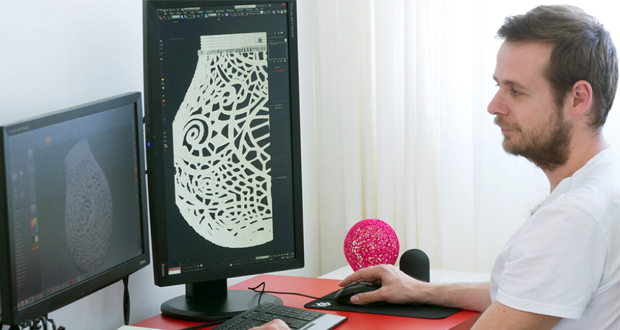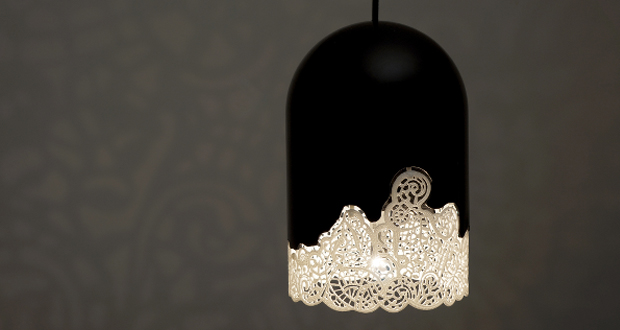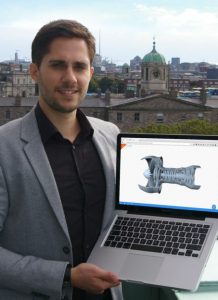
Our expert advice series continues this week with 3D modeling software! After printers, filaments, and scanners, it’s time to help you choose the right 3D software. It is not easy to find the right fit, especially when you know that there are a multitude of possibilities today: software for beginners, softs for architectures, design applications, etc., the choice is wide! To help you make your choice, 3Dnatives met 3 3D modeling experts: an artist designer, a training expert and the founder of a site for connecting 3D designers.
What are the different CAD software at your disposal? What are the important criteria to be aware of when wanting to embark on 3D modeling for 3D printing? Which software to use first? Here are the answers from our experts!
Contents
Pierre-Yves Jacques, founding president of the LP Jacques studio
Pierre-Yves is an artist designer and consultant in digital fabrication. His studio LPJacques specializes in projects related to 3D printing in different fields: contemporary art, product design, luxury, architecture, jewelry. He uses several software programs on a daily basis to meet all the needs of his customers.

Pierre-Yves Jacques
The choice of a 3D software can be complicated because “they specialize more and more for each application: bim, architecture, design, entertainment…”, even if according to Pierre-Yves, 3D modeling has opened up to the general public. thanks to new very easy-to-use software such as SketchUp. The artist uses 4 in particular: 3D Studio MAX from Autodesk “for polygonal modeling, complex scenes, product or architectural visualizations and the production of photo-realistic video renderings”; Zbrush from Pixologic; Rhinoceros 3D for more technical productions and finally Autodesk’s Netfabb for “preparing and validating files for 3D printing. “

One of the artist’s creations
According to him, when you want to get into 3D modeling for 3D printing, it is imperative to understand the different additive manufacturing methods that exist before embarking on the modeling itself. He recommends the use of “simple and recent surface modeling software which will allow you to carry out your layouts quickly and which will allow the generation of clean and optimized 3D manufacturing models for the slicing stages.” “He also recommends Autodesk’s Fusion 360 software, which is very easy to use and suitable for” digital fabrication, machining, physical simulations and 3D printing through the 3D Print Studio tool. “
Florian Berthelot – Development manager and educational director of F3DF

Florian Berthelot
F3DF, for 3D Training in France, is a continuing education center dedicated to 3D design and additive manufacturing. He supports project leaders in the Manufacturing, BIM and entertainment sectors.
Florian explains that there are two types of CAD software:
Finally, each sector of activity has its own 3D software! For example, if we take the industry and engineering sector, we will mainly find parametric software such as CATIA or Inventor AutoCAD. They will be used to manufacture prototypes of functional parts. Other examples from the design sector: 3DSMAX, Blender, SketchUp.
It is therefore essential to know what you want when you start 3D modeling: defining your needs is the key step. Then, it is necessary to think in terms of “level of complexity of the designs and the methods of production” because these are two points which will determine towards which software it is better to go. Finally, according to Florian, an important element to take into account is the budget because you sometimes have to pay for a license, for more efficient equipment in terms of computers but also training.

Blender, a free 3D modeling software
Adrien Lachaize – Founder of Fydiz

Adrien lachaize
Fydiz is a platform that makes it easy and safe to hire a 3D design expert to complete any project. It was created by Adrien Lachaize who decided to launch the platform in Ireland. “The principle is simple: the client posts his project on our site and designers respond to it by proposing a budget. A chat and videoconference discussion then begins before defining a contract with a timetable and a price, ”explains Adrien Lachaiz
Adrien uses CATIA, Solidworks and Topsolid mainly to create or work on mechanical elements. He says that “you shouldn’t stop at just one software”, it offers a lot more possibilities.
According to him, one of the most important criteria to take into account in choosing his 3D software is to consider the purpose of the model: if we want to print it in 3D, we must take into account the 3D printer available to us but also the material used. There is indeed a real correlation between the modeling software and the 3D printer. The specificities of the 3D machine can potentially slow down 3D modeling; it is therefore important to have it in mind.
Adrien also advises to start with a 3D software which has an active community on the internet because it will allow you to get help and not get blocked on certain points.
What other advice can you give when choosing 3D software? Share your opinion in the comments of the article or with members of the 3Dnatives forum.